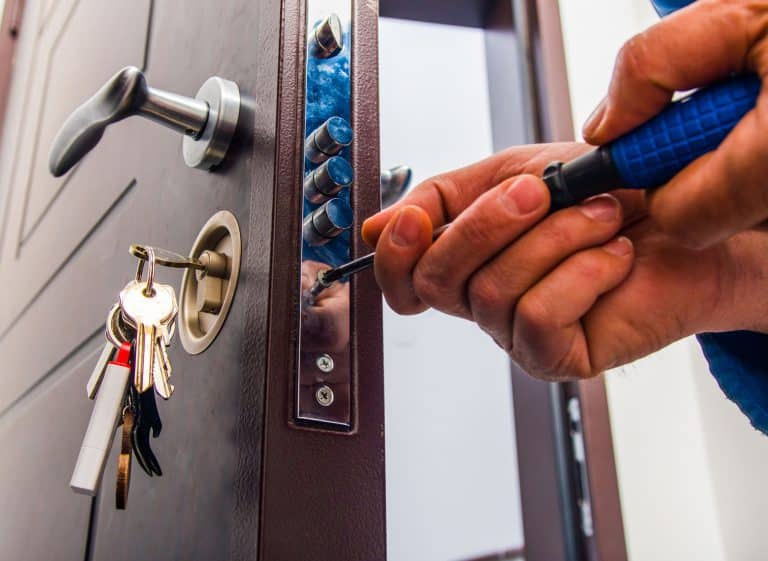Introduction: The Age-Old Craft of Locksmithing
Locksmithing, a craft as ancient as civilization itself, has evolved significantly over the centuries. From the rudimentary locks of ancient times to today’s sophisticated digital security systems, the journey of locksmithing reflects a fascinating interplay of innovation, craftsmanship, and technology.
The Origins of Locksmithing
Early Locks in Ancient Civilizations
The earliest known locks hail from the ancient Egyptian and Babylonian civilizations, dating back over 4000 years. These locks, made of wood and rudimentary metals, were basic in design but marked the beginning of a new era in personal and communal security.
The Evolution of Wooden Locks
As civilizations advanced, so did their locking mechanisms. The Greeks and Romans introduced more complex designs, including the warded lock, which remained popular for centuries due to its simplicity and effectiveness.
The Middle Ages: A New Era for Locksmithing
The Rise of Metal Locks
The Middle Ages saw a significant shift with the introduction of metal locks. Iron and brass became the materials of choice, allowing for more durable and intricate lock designs.
The Locksmith’s Craft in Medieval Society
Locksmiths in medieval times were highly respected artisans. Their skills were not only employed in creating locks but also in crafting ornate and symbolic keys, often reflecting the status and wealth of their owners.
The Industrial Revolution: A Turning Point
Mass Production of Locks
The Industrial Revolution brought about mass production techniques, making locks more accessible to the general populace. This period saw the invention of the tumbler lock, a design still used widely today.
Innovations in Lock Design
The 19th century was marked by numerous innovations, including the Yale cylinder lock, which revolutionized the locksmithing industry with its superior security features.
The 20th Century: The Modern Locksmith
The Introduction of Combination Locks
The 20th century introduced combination locks, adding a layer of security without the need for physical keys. This era also saw the rise of locksmithing as a formal profession.
Electronic Security Systems
The latter half of the century witnessed the integration of electronic technology into security systems, leading to the development of card access systems, keypad locks, and electronic safes.
The 21st Century: Digital Transformation
Smart Locks and Biometrics
Today, locksmithing has entered the digital age with smart locks, biometric systems, and remote access controls, offering unprecedented levels of security and convenience.
The Future of Home Security
Advancements in AI and IoT are set to further transform the locksmithing industry, with predictive security measures and integrated home security systems.
The Role of Locksmiths Today
Challenges and Opportunities
Modern locksmiths face the challenge of keeping up with rapidly evolving technology while maintaining the traditional skills of their craft.
The Importance of Professional Training
Continuous professional development and training have become essential for locksmiths to stay relevant in an industry increasingly dominated by digital and electronic technologies.
Conclusion: The Evolving Role of Locksmithing
Locksmithing has come a long way from its ancient origins. Today, it stands at the crossroads of tradition and technology, continually adapting to meet the security needs of a modern world.


